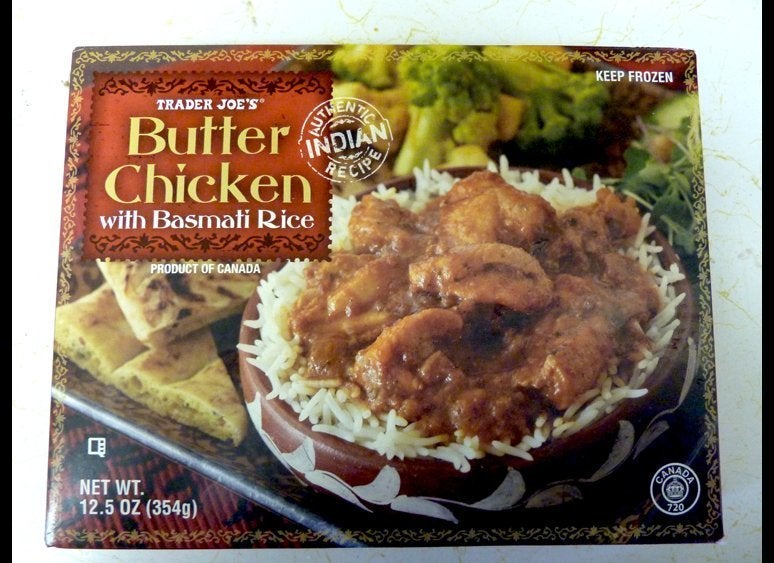
This is the origin myth of the food safety system in the United States: The beef industry was a mess, led to awful practices by the profit motives of a few major processing companies, until investigative journalist Upton Sinclair exposed many of the atrocities of the packing plants in his 1906 novel "The Jungle," which spurred the establishment of federal meat inspections, improving safety forever. Today, beef and other meat sold in the U.S. is safer than ever.
This is the true state of affairs, according to a yearlong investigation of the beef industry concluded by the Kansas City Star this week: just four companies process more than 87 percent of the beef packed in the U.S., and take advantage of novel, money-saving techniques that significantly increase the risk of contamination by foodborne pathogens, leading to hundreds of preventable illnesses every year.
The investigation spans dozens of articles, tens of thousands of words and graphic illustrations galore, and is worth browsing around in depth on the Kansas City Star website.
Here are a few of the paper's staggering findings:
The investigators found ample evidence of serious problems with fecal contamination in beef at major plants, despite industry claims that beef was safer than ever. Fecal contamination is obviously the most disgusting kind of contamination on earth -- but it also vastly increases the risk that beef will spread E. coli bacteria, which lives in the intestines of cows. Here's a startling extract from the article on fecal contamination:
Federal inspection records obtained by The Star under the federal Freedom of Information Act include hundreds of references to fecal contamination problems over the last two years at four of the largest beef slaughter plants in Kansas, Nebraska and Colorado. For example, at one of Tyson’s beef plants, inspectors noted: “massive fecal contamination; multiple carcasses with varying degrees of fecal contamination; periods of very significant fecal, ingesta and abscess contamination.”
Another federal inspector at Tyson found “a piece of trimmed fat approximately 14 inches long with feces the length of it,” and another noted, “fecal contamination ...was so great...couldn’t keep up.”
One thing that isn't helping matters is the increasing use in the beef industry of mechanical tenderizing techniques, which use automated blades and pounders to tenderize tough beef -- and drive E. coli away from the surface, where it's most likely to be killed by cooking, and toward the center of a cut of meat.
The Star's reporters also discovered that most cattle are fed a veritable cocktail of drugs designed to increase the efficiency of beef plants, at the possible cost of human health. About 90 percent of the cattle at major facilities are fed beta blockers that make them grow faster, but pose risks to human cardiovascular health. And the overwhelming majority of cows at large plants are given antibiotics that help them put on weight faster, but may also contribute to the spread of antibiotic-resistant bacteria in humans.
So at this point you may be wondering -- if this is all as bad as it sounds, then why isn't it illegal? But the Kansas City Star has an answer for that, too: the USDA and the meat research industry are in the industry's pocket. A full 30 percent of the $71 million that land grant colleges in beef-producing states in the Great Plains spent on beef-related research was given to them by beef-producing corporations, for example.
Of course, this is just the tip of the iceberg. You're just going to have to buckle down and read some (or all!) of the Kansas City Star's report if you want the full story.
